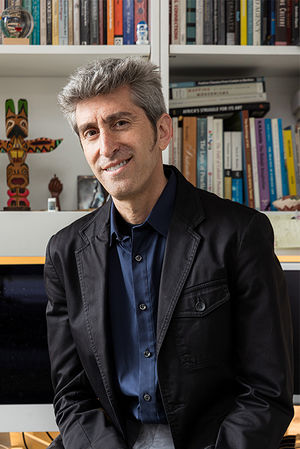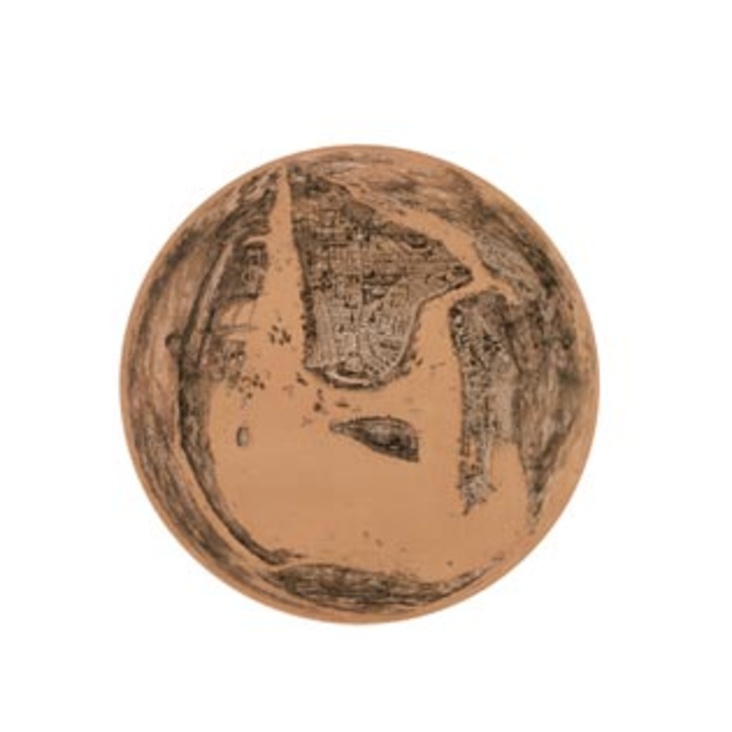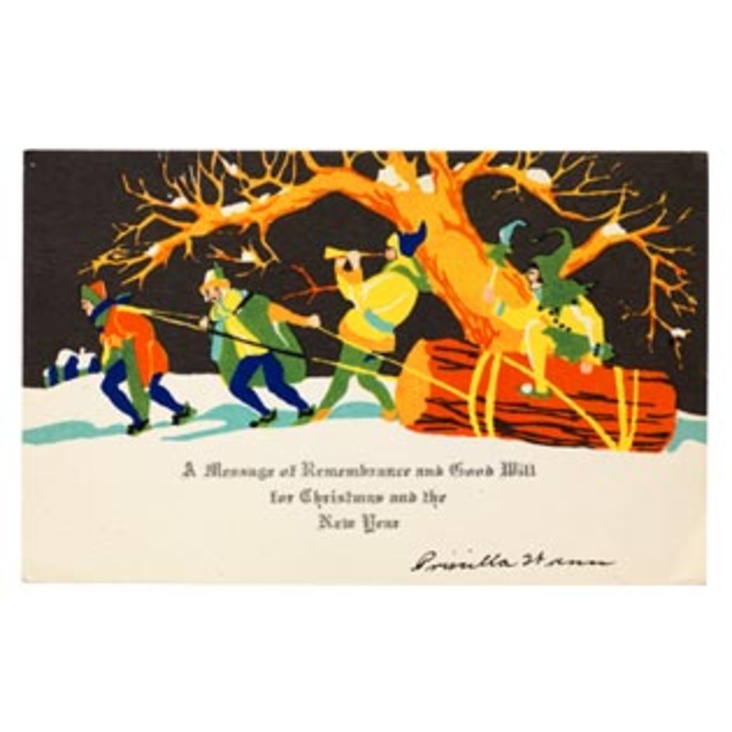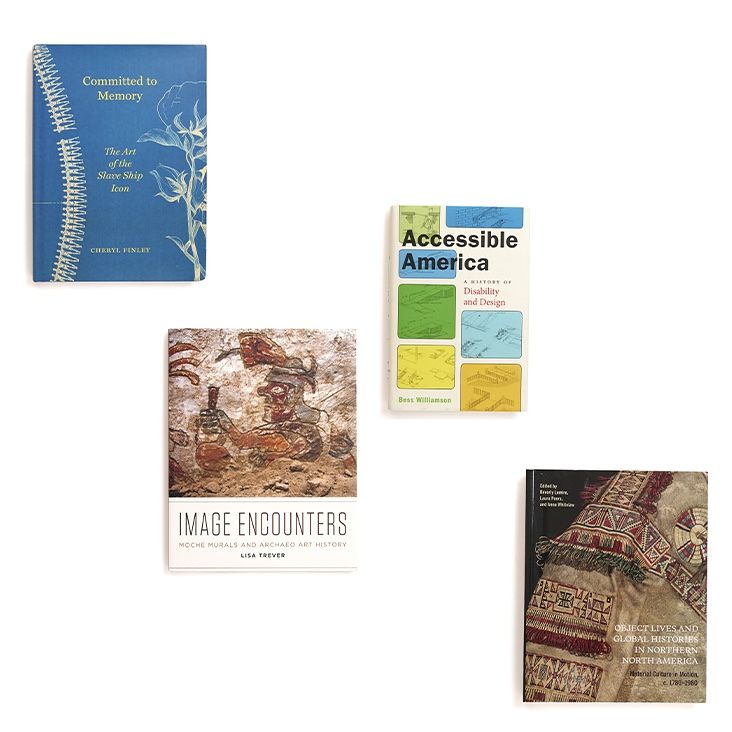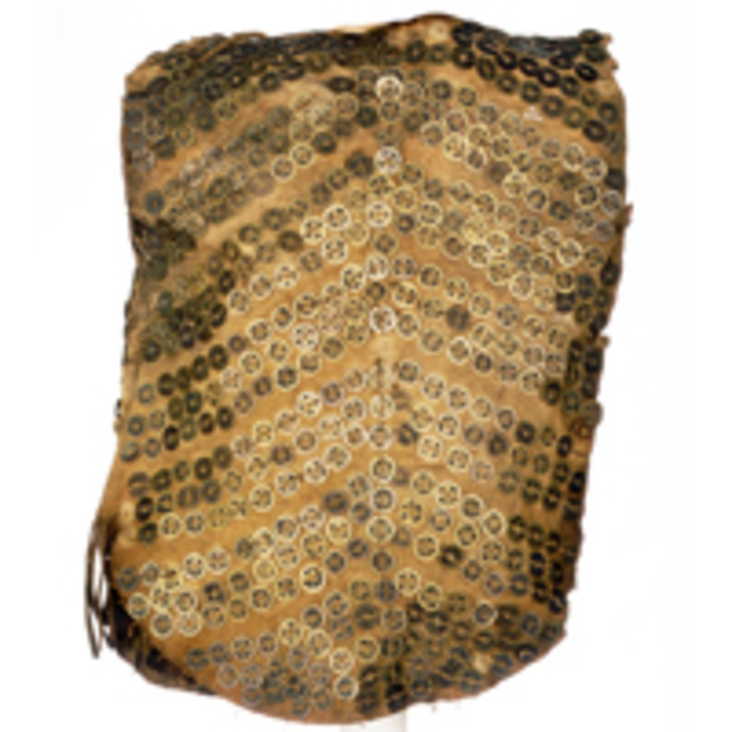
Unknown maker, Kwakwaka’wakw
Wood, paint, metal
Collected by George Hunt in 1901
American Museum of Natural History 16/8527
This feast bowl (luk’wa) is one of a pair purchased by George Hunt among the Dzawada’enuxw band of the Kwakwaka’wakw. It was used in an elaborate dance cycle about an ancestral hero named Siwidi. The bowl likely depicts an episode where Siwidi transforms into a killer whale for an undersea voyage that results in his accumulation of wealth. Although the human and whale faces vary, the overall design of both bowls is the same; only the original owner knew why two such similar bowls were created. Hunt listed them as deriving from or belonging to the nearby Gwawa’enuxw band (who still claim rights to the Siwidi cycle today). Ritual or crest objects can be passed down, sold, or exchanged, yet the ceremonial and mythological privileges that they represent often remain the property of the original owner. As vessels, these feast bowls once held food or fish oil—itself a highly valued commodity and potlatch gift. The oil was probably “spouted” out of the whale’s blowhole during the ceremony to further animate the performance of the legend and to display the prestige of the feast’s host.

